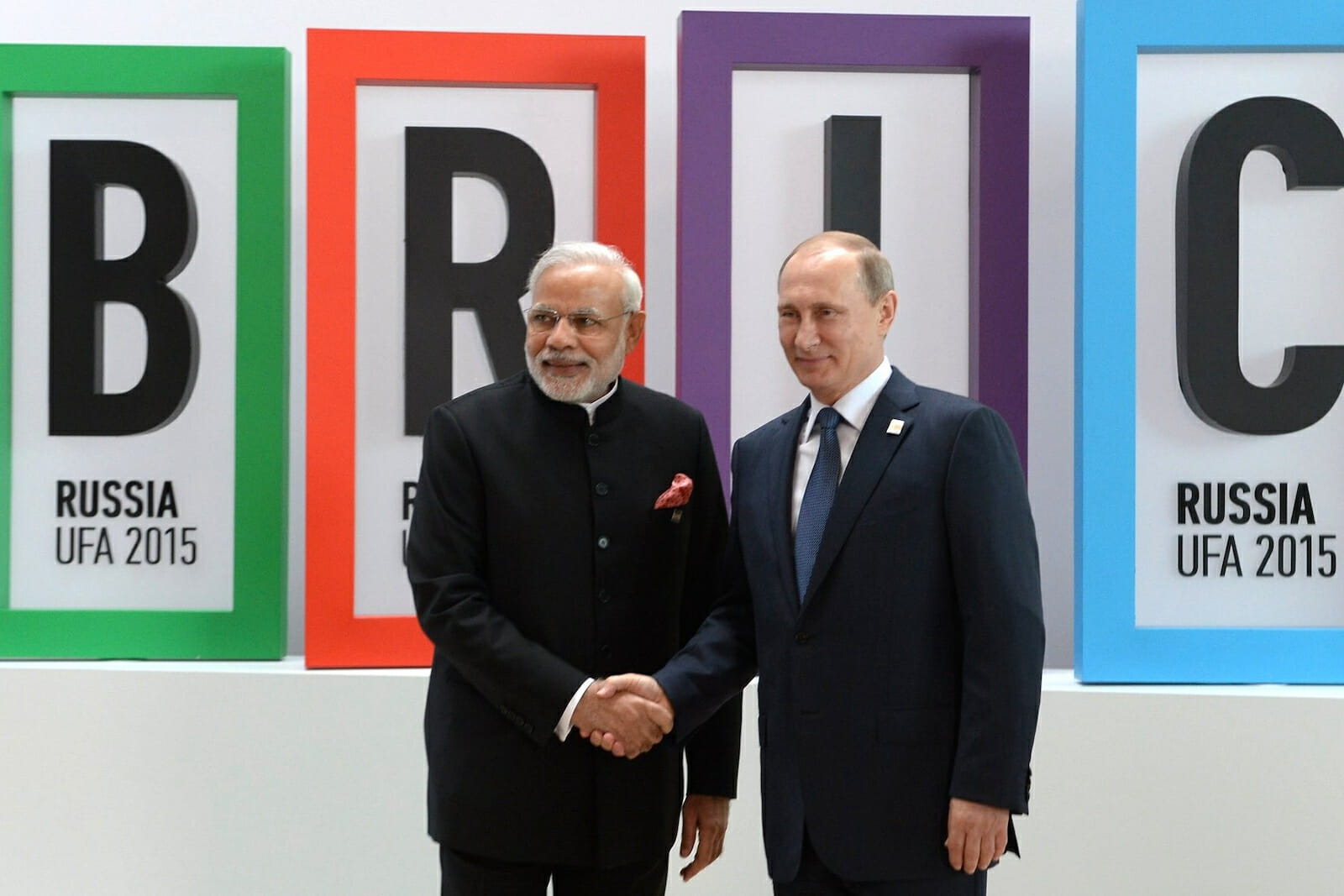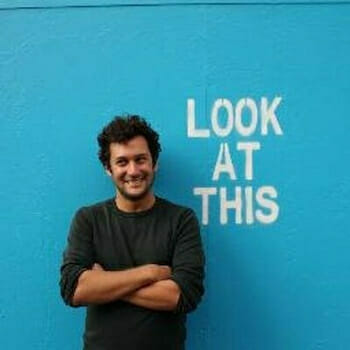
Where Does BRICS Go from Here?
On 13-14 November, President Jair Bolsonaro will host fellow leaders from Russia, India, China, and South Africa at the latest annual BRICS summit in Brasília. It is the eleventh such meeting, marking the group’s second decade as an international entity. It will also be the first time that Brazil has hosted the other BRICS since 2014 when the group created new financial institutions: the New Development Bank (NDB) and the Contingency Reserve Arrangement (CRA).
With the BRICS leaders having held 10 years of annual summits and the NDB and CRA now in operation, the Brasília summit offers a welcome opportunity to evaluate the group and its impact on the international system. And the signs aren’t necessarily positive.
The BRICS were originally seen as a transformation of the global economy. Goldman Sachs’s Jim O’Neill coined the label to highlight the rise of new, emerging markets from the Global South. By 2009 the political leaders had taken ownership of the term and began their annual summits. In nearly 20 years their share of the global economy has grown from 20% to 30%. They also account for 40% of the world’s population and hold around 40% of gold and hard currency reserves.
At first, the BRICS were portrayed as likely challengers to the global order and economy dominated by the West. The world was changing, with US hegemony after the Cold War starting to dissipate. In its place, a more multipolar world began to emerge. Economically, the 2008 financial crisis sapped the West more than it did the BRICS economies, who largely weathered it. Politically, they demanded a greater say, especially on key international organisations like the IMF, the World Bank, and the UN – where Brazil and India lacked permanent membership on the Security Council.
While India and Brazil failed to gain permanent membership status, the BRICS countries did gain some international recognition by their membership of the G20. Then at their 2014 summit, the BRICS demonstrated that they were prepared to go their own way if their demands weren’t met when they created their own development bank, the NDB, as well as the CRA as a financial instrument to bail each other out if necessary.
That 2014 meeting, hosted by Brazil, arguably marks the highpoint of BRICS cooperation and impact though. In the years since then, their record has been more mixed and modest.
The NDB and CRA are now both up and running. Of the two, the NDB has developed the furthest. It is presently financing 30 projects worth nearly around $8 billion and has received good credit ratings, including AA+ from Standard & Poor and Fitch Ratings. It is also looking to increase its membership.
At the same time, the NDB has faced concerns from some quarters. Before last year’s BRICS summit in South Africa, some civil society groups expressed discontent at their lack of input as well as a lack of transparency in their decision-making. That concern is also evident in the fact that while the NDB has backed some environmentally conscious projects, it hasn’t categorically ruled out the possibility of future projects associated with fossil fuels.
As for the CRA, it so far lacks independence. It remains dependent on the group’s finance ministers who decide on its use. In addition, a member can only receive 30% of the maximum amount it can access unless it has an agreement with the IMF as well. The arrangement to work with the IMF blunts the CRA’s impact. It also highlights the fact that the CRA is not sufficient on its own to bail out a member should it need it. Finally, the CRA’s relationship to the IMF echoes the NDB’s own activities, which is often complementary to that of other financial institutions.
For those who expected the BRICS to present a challenge to the international system, the result is disappointing. But it was never clear that the BRICS, individually or collectively, planned for that anyway.
Within the BRICS, China is the outsized member. As the largest contributor to the NDB and CRA, its voice was always going to be the largest. Furthermore, China’s growing economy and global status is bound up with the current globalized world economy. It is therefore not in its interest to fundamentally change the system, but rather reform it.
At the same time, the influence of two BRICS members – Brazil and South Africa – has also weakened since 2014. Both countries have suffered recessions, which have contributed to political pressures and change. In Brazil, Bolsonaro was elected last year on a campaign to follow the US more closely and limit Chinese investments. Since then he has backtracked, reflecting China’s importance as a vital trade and investment partner.
China’s disproportionate influence and Bolsonaro’s election rhetoric do expose an important constraint on the BRICS: its lack of institutionalization. With the exception of the NDB and CRA, there is little to hold the group together.
While the BRICS say they are committed to international cooperation and multilateralism, there are limits. They remain committed to national sovereignty, which means that cooperation is only possible where all five of them agree. It also means that there is no way to bind each other to their commitments. By contrast, the European Union pools sovereignty, which means that collective measures can take place at different levels beyond national governments, including by the Commission and Parliament. There are also mechanisms in place to enforce what is agreed to as well.
By contrast, there is nothing similar binding the BRICS together. Indeed, this weakness is highlighted in the current trade war being carried out by US President Donald Trump against China. Some, like India, have seen individual advantage over collective action regarding how best to deal with the challenge.
While it is unlikely that such problems will be resolved at this week’s BRICS summit, it does raise questions about the group’s role and purpose in the years ahead. The group’s tenth anniversary and entry into its second decade offers a timely moment for them to review their past and present performance along with the NDB and CRA and work out how to more effectively deliver on the individual and collective goals they have.
